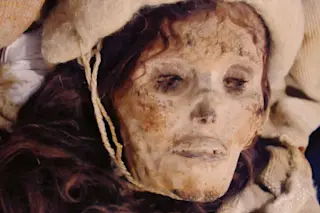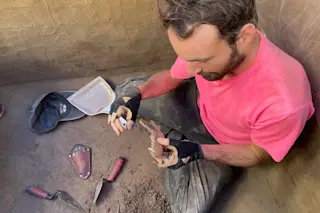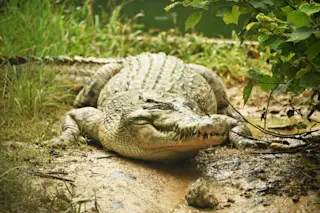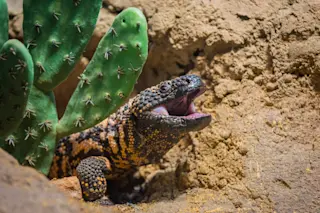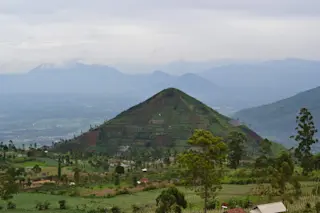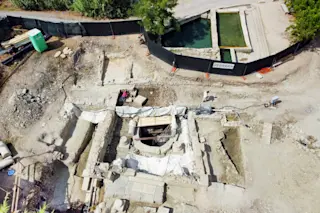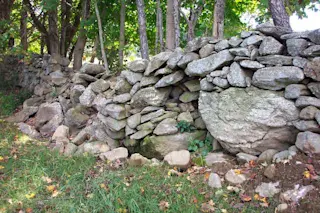There is something disconcerting about looking at the face of someone who has long departed from this world and realizing that they look just like you. That connection to the past has long intrigued archaeologists, for whom mummies represent an opportunity to gain firsthand information about ancient cultures.
Preserved tissues hold a treasure-trove of information: the diseases individuals had, their diet, their genetic information, the microbes they carried with them and, in many cases, clues about the politics and culture of their time.
Our minds may leap to Egypt at the word mummy, but cultures across the world have developed techniques meant to forestall decomposition. For many of these peoples, mummification preserved the perceived connection between the physical body and the immortal soul — just as they needed each other in life, so too were soul and body linked in the afterlife.
In many cultures, mummification was also a status ...


